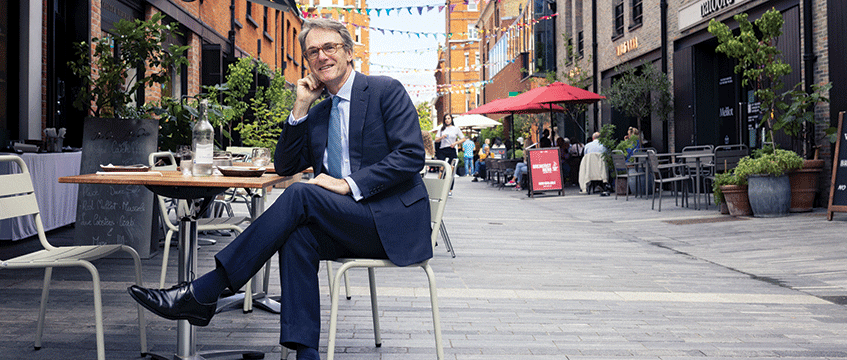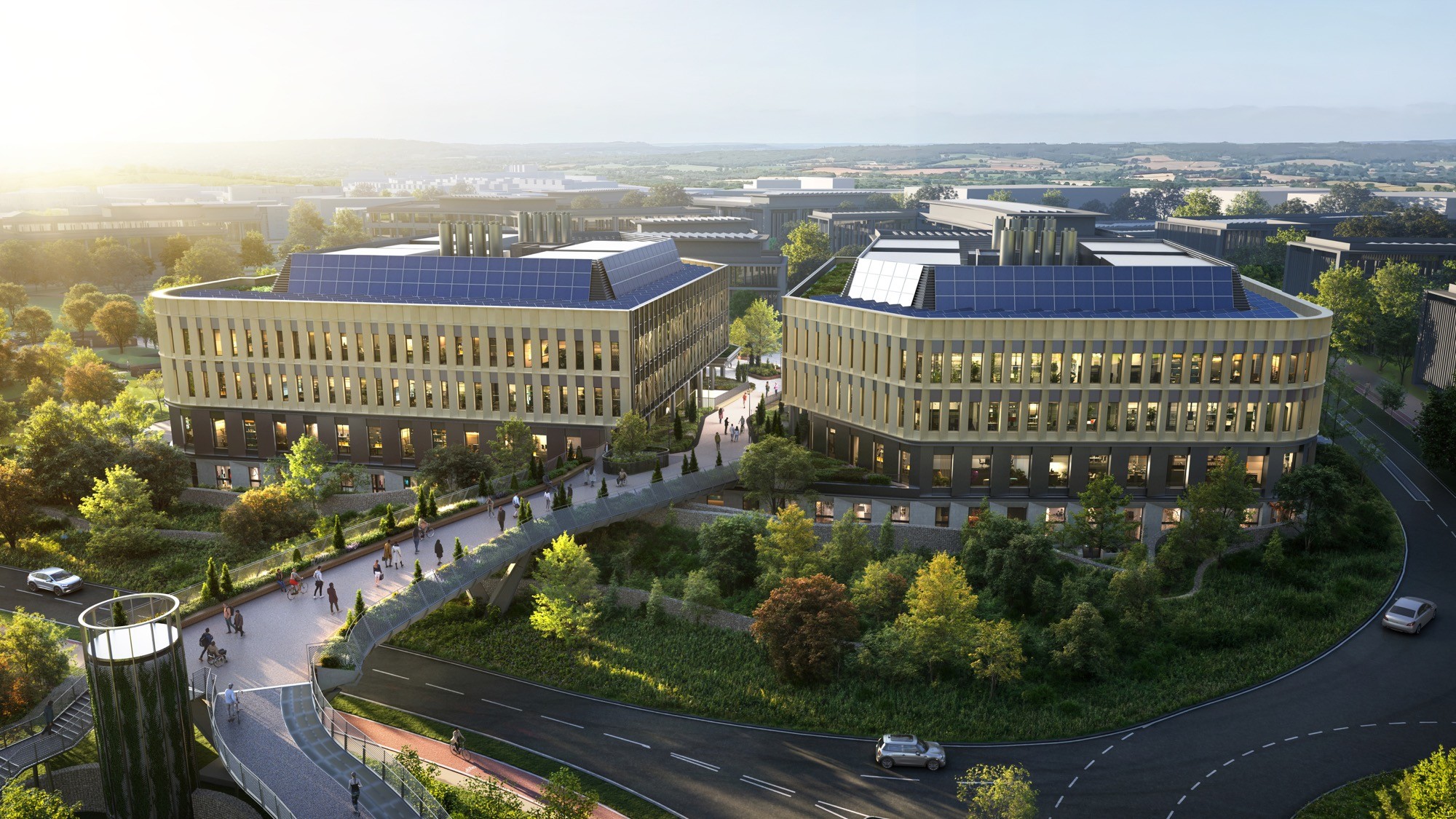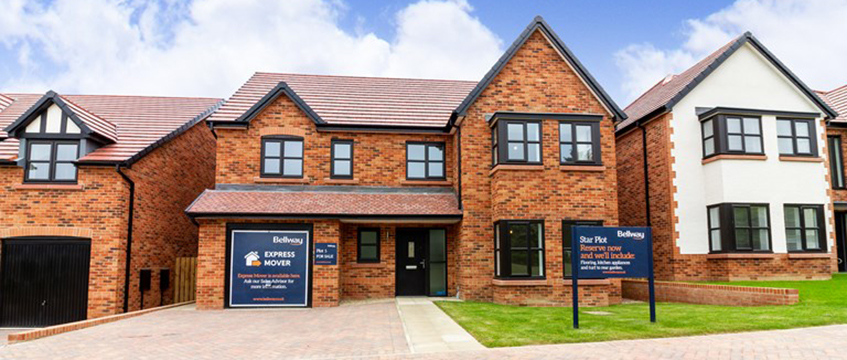COMMENT A decade ago, the UK saw the lowest post-war housing delivery figures. This prompted then housing minister Grant Shapps to form the Montague Review, which brought together industry leaders and a cross-section of politicians to assess the barriers to institutional investment in private rented homes and discuss the growth of build-to-rent as an asset class.
The housing sector needed new capital to light a fire under supply, and BTR was widely agreed to be part of the solution – professionally managed, high-quality homes backed by institutional investors.
Since 2012, £30bn has been invested in the sector and 76,800 BTR homes have been completed, with a further 163,400 in the planning and delivery pipeline. Initially focused on London, BTR is now in core and secondary cities across the UK and, based on current pipelines and demand, the number of homes could reach 380,000 by 2032.
A home, not just a house
While the sector’s growth should be celebrated, it currently accounts for less than 1.6% of the total rental market in the UK. Further, the current state of the rental market highlights how much there is still to be done to unlock investment in high-quality housing for rent. Recent data from Foxtons revealed that there were, on average, 29 potential renters for each of the 23,000 rental properties on the market last month. The dwindling supply of rental homes is leaving renters with ever fewer choices.
With rising mortgage rates and the increasing cost of living putting home ownership out of reach for more and more people, it has clearly never been more important that we have a diverse, robust, well-invested rental housing market.
The economic situation also reflects a shift in how people think about renting homes. A broader demographic is choosing to rent for longer. BTR offers something different from the traditional private rental sector in several key ways.
First, the homes are purpose-built for renters, with longevity, sustainability and energy efficiency in mind, so there is no gamble when it comes to the quality of the homes and furnishings.
Secondly, professional operators such as Get Living and our peers are able to remove a lot of the stress that usually comes with renting. We have on-site teams to manage maintenance issues and repairs, and we offer secure parcel storage, car parks and bike racks. Residents also have the added benefit of relationship managers based in the neighbourhoods who are available to provide support when it is needed.
Thirdly, and most importantly, we recognise the difference between a house and a home; we know how important it is to feel rooted and part of a wider community. That’s why placemaking is at the heart of what we do. We not only create public realm and shared amenity spaces, but we also offer a calendar of community events so that residents can connect to others and feel like they really belong in the neighbourhood.
Sector support
Since the Montague Review kickstarted the sector a decade ago, we have already seen a real shift from local authorities across the country that has helped to bring BTR into the mainstream.
Further investment will be needed if it is to grow from its current penetration to 8% by 2032, as projected by Savills, but this will only be able to happen if investors and policymakers continue to support the sector. The introduction of rent caps, as we have seen in Scotland, will only lead to the contraction of the rental housing market and sustain the upward pressure on rents caused by a shortage of supply.
As we turn to the next 10 years, BTR has an opportunity to make a real impact in providing the rental supply that is so desperately needed, so that more individuals and families are able to choose to live in a place they are proud to call their home.
Ailish Christian-West is chief operating officer at Get Living











